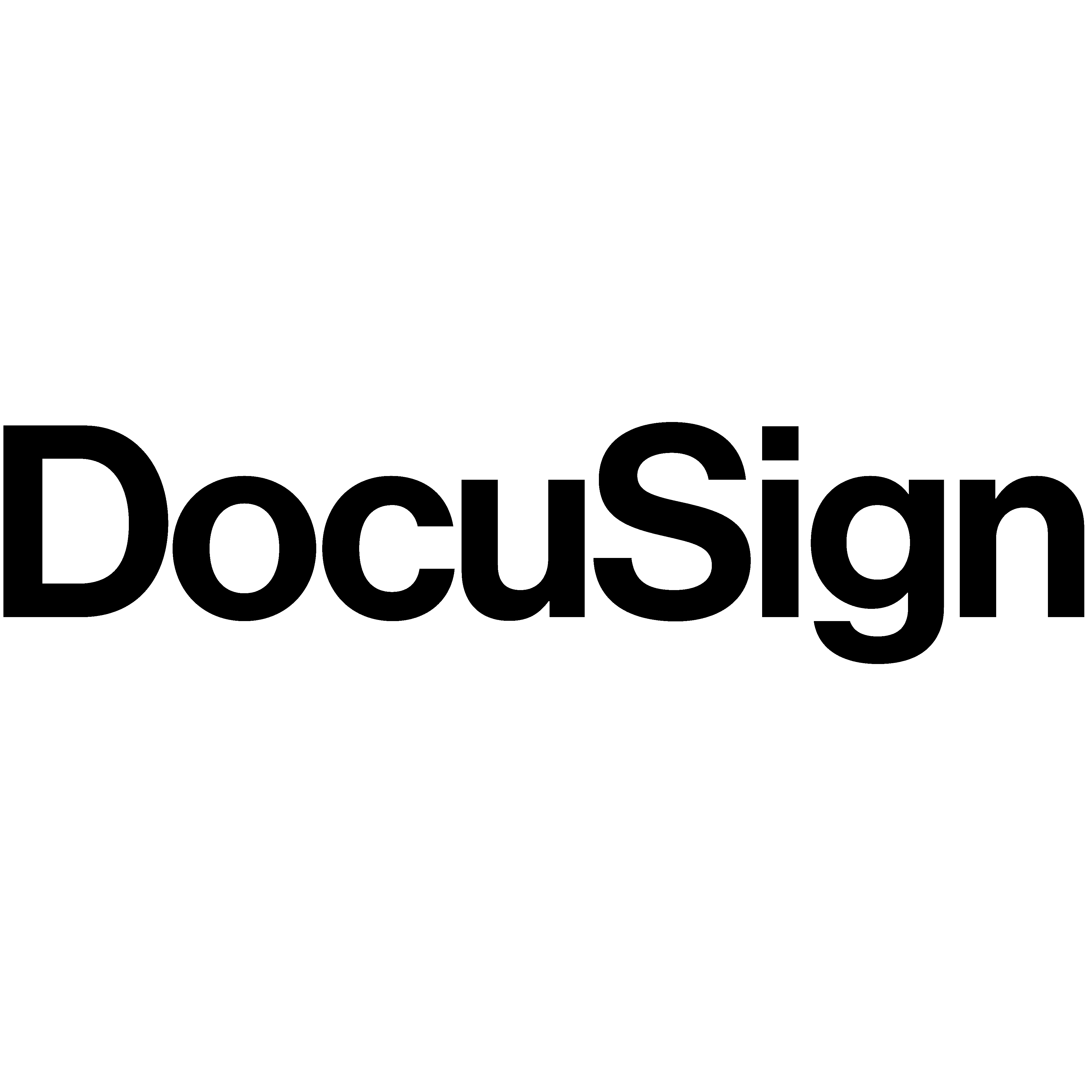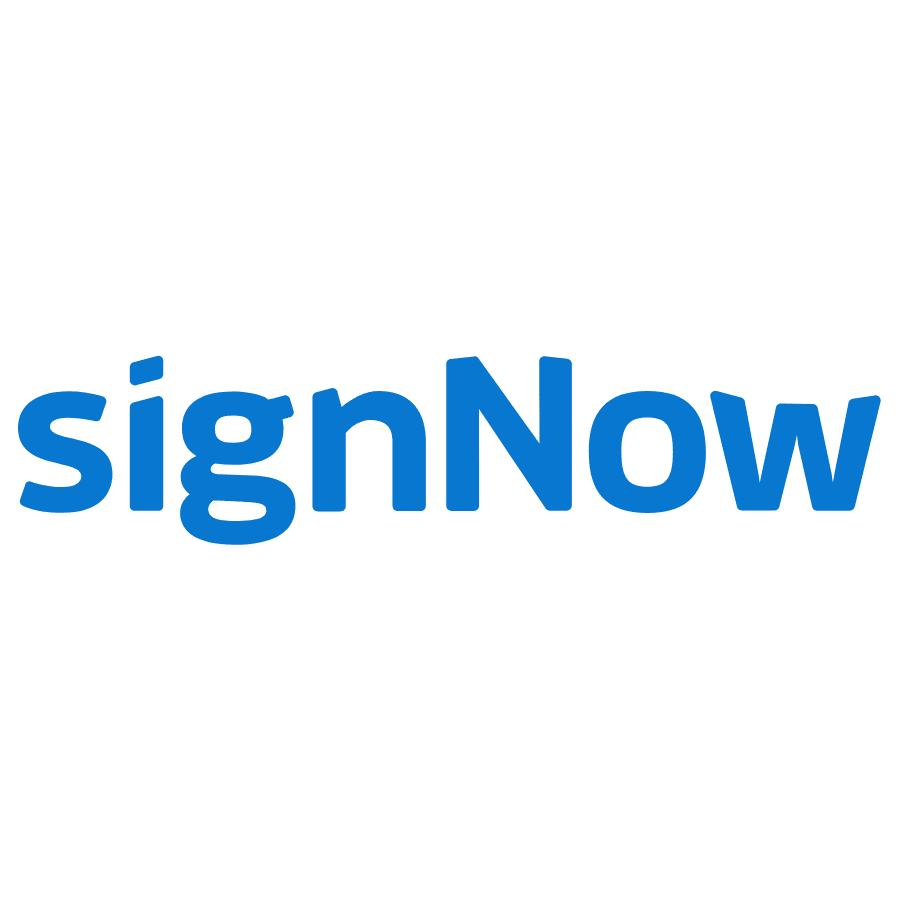

Electronic signatures simplify creating, sending, and signing contracts and business documents. You can generate a new contract or proposal in minutes, submit it to your client, and monitor the whole procedure on an analytics dashboard if you use the correct electronic signature software platform.
Digital signatures are a newer, faster, and more secure method to sign documents online. They reduce your expenses, take less time, are better for the environment, and make the entire process easier and faster for everyone involved.
However, if you are unfamiliar with how they work, you may be hesitant to implement them. But let us help you get down to the basics of digital signatures.
Certified Digital Signature: What is it and How does it Work?
A certified digital signature has the support of a digital signature technology. It ensures that the methods used to obtain the signature adhere to the highest legal standards. It also assures that the contents of a signed document have not been changed after it has been sent.
A digital signature certificate is another name for a digital signature or ID. If you want to authenticate an Office document, you’ll need a digital certificate that hasn’t expired. A certificate authority (CA) is an independent organization with the authority to issue digital certificates, typically issuing digital certificates. Public key infrastructure works with a third-party Certificate Authority (CA) to match the signer with their digital identity, ensuring the validity of the electronic signature.
A digital certificate can be purchased or received free from numerous third party certificate authority. Meanwhile, many institutions, governments, and corporations have the power to issue their certificates.
The hash function
A mathematical algorithm and an arbitrary-sized file, such as an email, document, picture, or another type of data, produce a fixed-length string of numbers and letters known as a hash function (also spelled “hash”). A computed hash cannot be inverted to find other files with the same hash value, as this string is unique to the hashed file. Secure Hash Algorithm-1 (SHA-1), Secure Hash Algorithm-2 (SHA-2, SHA-256), and Message Digest 5 are some of the most widely used hashing algorithms currently in use (MD5).
Cryptography using public keys
Asymmetric encryption (also known as public key cryptography) is a cryptographic method that employs a key pair system. Only one key, called the public key, is used to encrypt the data. In addition, the data is decrypted using the private key, the other key. Public key cryptography can be utilized to assure secrecy, integrity, and authenticity. Public key encryption can achieve high precision by creating a digital signature of the message that uses the sender’s private key. This is accomplished by hashing the message and using their private key to encrypt the hash value. Any changes to the notice will result in a different hash value as a result of this.
Infrastructure for public keys (PKI)
Critical public infrastructure includes policies, conventions, people, and technologies that distribute public keys and verify identities using digital certificates and certificate authorities (PKI).
Certificate issuance authority (CA)
A CA checks a person’s identity and either makes them a pair of public and private keys or links them to a public key they already have. When digital signature certification authorities validate someone’s identity, the CA issues a digital certificate that is digitally signed. When asked, the digital certificate can verify a person associated with a public key.
Certificates of authenticity
The purpose of digital certificates, like driver’s licenses, is to identify the certificate holder. A CA digitally signs digital certificates that contain the individual’s or organization’s public key. The certificate can also include details about the organization, individual, and CA.
Pretty Good Privacy (PGP)/OpenPGP
PGP/OpenPGP is a PKI alternative. Users “trust” other users with PGP/OpenPGP by signing certificates of people with verifiable identities. The more interconnected these signatures are, the more likely it is to verify a specific internet user. This is known as the “Web of Trust.”
Why Should I Use Digital Signatures?
1. Increases customer satisfaction
Using digital signatures streamlines the signing process, saving time and improving your client’s overall satisfaction. Signaturely platforms go above and beyond by guiding your customers through the signing process. Your consumers will probably have a more positive experience if they electronically sign documents instead of in person.
2. It saves you more time.
Digital signatures save you and your signees a lot of time during and after the signature process. You can all sign whenever it is most convenient for you, with the only time commitment being the time it takes to read and sign the document, eliminating the need to arrange a meeting where witnesses can see the signing. Instead of digging through mountains of paper documents every time you need a service agreement, you could look it up among the legal papers you have online and find it in seconds.
3. Adds a layer of legitimacy to the signing process.
Audit trails allow you to trace your digital documents back to their origin, adding a layer of legitimacy to the signing process. You can always request an audit trail from Signaturely to ensure that those documents are legally binding and that you can easily prove their validity in front of a judge or jury.
Digital Signatures vs. Electronic Signatures
Digital signatures are often used to safeguard digital documents and are authorized by a certificate authority, while electronic signatures are used to secure paper documents (CA). An electronic signature is a signature on a contract that a signer has used to demonstrate intent.
In contrast to electronic signatures, digital signatures are physically applied to documents to authenticate their authenticity and prevent forgery. When you digitally sign a document, the parties to it are bound by its terms.
Although digital and electronic signatures are frequently used in conjunction when signing contracts, there are a few key differences between the two.
How Can I Get My Own Digital Signature?
There are many options or ways to create your own digital signatures. These can be the following:
Using Signaturely to Create a Digital Signature
1. By writing it
Typing is the best option if you need a signature quickly. Simply type your name or initials into the text box, then select a font to match your wet ink signature or to personalize it to your liking. Signaturely allows you to choose between handwriting and regular fonts and change the color of your signature.
Once satisfied, download your signature, and your PNG digital signature is ready to use.
2. By illustrating it
You can also draw your digital signature if you want it to resemble your physical signature more. Simply draw your signature in Signaturely’s e-signature maker using your mouse, trackpad, or stylus. You can change the angle, thickness, and color after you’ve drawn it to make it unique.
When this process is finished, save the signature as an image (PNG file), and it will be ready to use.
3. By uploading it
Finally, if you want your e-signature to look precisely like your wet ink signature, simply upload a picture of your wet signature.
Draw your signature on a blank paper and scan or photograph it to upload to the platform. Signaturely will then crop the image to remove any extra space. This image of your signature will also serve as your electronic signature.
Using DocuSign
By uploading it
Finally, if you want your e-signature to look precisely like your wet ink signature, simply upload a picture of your wet signature.
Draw your signature on a blank paper and scan or photograph it to upload to the platform. Signaturely will then crop the image to remove any extra space. This image of your signature will also serve as your electronic signature.
Using PandaDoc
Begin by logging into your PandaDoc account and creating a new document or uploading a file from your computer. Drag the appropriate field to the location in the document where it needs to be signed. If you intend to send the document to another signer, you can include another Signature field. Assign a signer to the Signature field. Select + Assign after clicking or tapping on the Signature field.
When signing a document, recipients can choose from three different signature options (Draw, Type, or Upload).
Conclusion
When you want to learn about digital signatures, digitize your documents, and send signature requests quickly, start with electronic signature solutions. Whether you are a business owner, a government official, or simply someone who wants to protect your digital identity, digital signatures are an essential tool in the modern world. So why not use them today and experience the convenience and security they provide?










